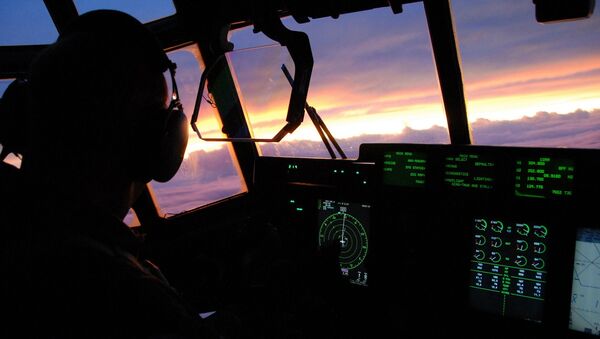The British Airline Pilots Association (BALPA) released a statement to ask the Department of Transport and the Civil Aviation Authority to invest into research on drone-on-jet collisions.
It is thought that drones — seen recreational remote-controlled quadcopters and not as military unmanned planes — could cause severe damage to engines, or smash through the cockpit's windshield.
.@BALPApilots right to call for Govt research on drones & aircraft safety #r4today. I've been asking Qs in Parlt on what Ministers are doing
— Richard Burden MP (@RichardBurdenMP) March 2, 2016
Over the last six months, reports of near-misses between passenger aircrafts and these devices have skyrocketed to 23 — of which 12 were labeled as having a "serious risk of collision."
Yet, the actual effects of an impact are still unknown. Research of bird-on-plane collision is not of much help either, as drones are powered by large lithium batteries that behave differently to a bird's innards.
Close call: #drone nearly flies into passenger jet above #UKParliament https://t.co/CQK8HOHABP pic.twitter.com/xItV1CcguZ
— Sputnik (@SputnikInt) February 1, 2016
If the batteries were sucked into an engine, they would likely cause what aviation specialists call an "uncontained engine failure" as metal shrapnel would zing around and possibly enter the fuel tanks or even the cabin.
A drone crashing into the cockpit's windshield is likely to shatter it and project several glass fragments, moving at high velocity, into the cockpit.
No security measures to prevent a catastrophe in the event of a drone-plane collision exist as of yet, which is why BALPA have called for research to be carried out immediately.
"The government has to agree that testing is really needed," BALPA's spokesman Richard Toomer told Sputnik.
"The Department of transport has to find the money for funding this research, and it has to find it quick.
"It is a serious problem that we still don't know the effect of a drone strike on a plane."
The cost of these trials is estimated at around US$350,000.
Top Tips For Safe Festive Flying of DronesFollowing reports of a drone coming to within a "wing's length" of two aircraft landing at Southampton International Airport, here's our top tips for safe festive drone flying. If you do get a drone under the Christmas tree this year, please make sure you know the rules. Awareness by everyone is essential to preventing incidents.
Posted by BALPA on Monday, December 21, 2015
Toomer also underlined that the most serious danger to civil aviation comes from drones operated by hobbyists.
"All drones, in our experience, are a potential threat to flight safety. But while professional drone operators understand the safety regulation and fly their vehicles more carefully to avoid collisions, enthusiasts, amateurish drone owners don't fully understand the risk, and [therefore] pose a higher risk."


